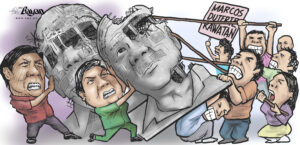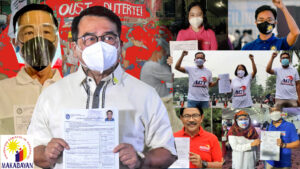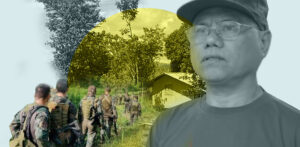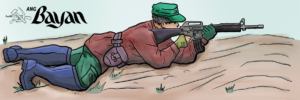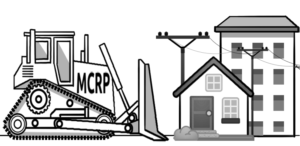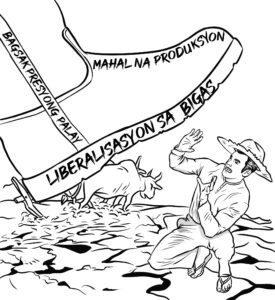When will vaccines reach the countryside?

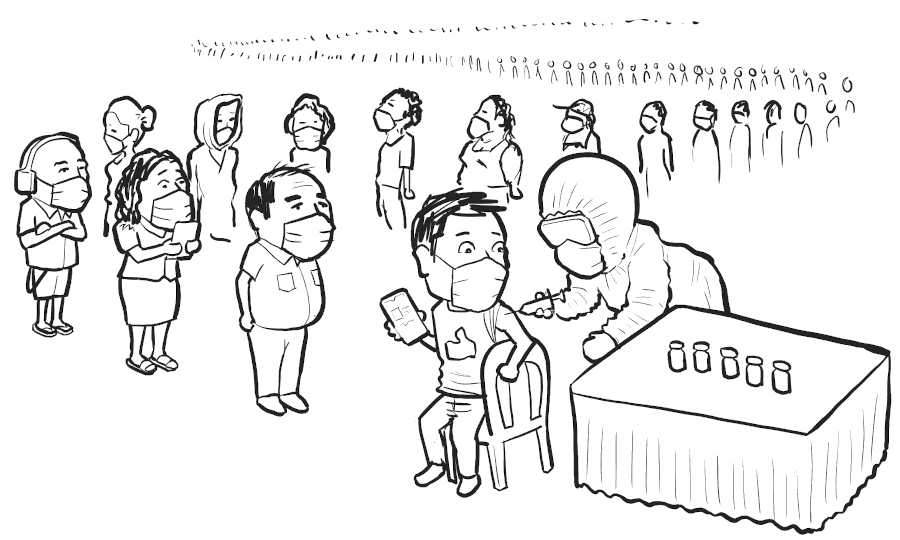
It will still take some time before vaccines reach the countryside. For the past seven months, the Philippine’s vaccine rollout has been marred by shortages, delays and favoritism. Last June, many local government officials complained of “vaccine czar” Carlito Galvez’s favoring areas lorded over by Rodrigo Duterte’s family, factotums and partymates. For a long time, local governments were banned from purchasing vaccines directly from pharmaceutical companies outside the contracts negotiated by Duterte officials with the Chinese government.
In the face of vaccine shortages, delays and uneven distribution, the Covid-19 virus ran rampant, especially the more contagious Delta variant, reaching all corners of the country. Infections averaged 20,000 a day on September 9-14, the highest weekly record of infections since the pandemic began.
Infections skyrocketed in Isabela, Samar provinces, Bukidnon, General Santos and many areas once considered “low risk.” There are numerous anecdotal evidence of the virus’ rampage in the countryside, but are unconfirmed because testing and contact tracing have yet to reach these areas. There are reports that some units of the New People’s Army doing mass work have been infected.
Infection cases started to decrease since the first week of October. But according to the DoH, this is also due to decreased testing and problems in reporting. On October 6, more than 2.6 million Filipinos have been infected and almost 39,000 have died.
Last October 1, the total number of vaccines delivered to the Philippines reached 74.7 doses. This is just a little more than half the needed doses to vaccinate the target of 77 million Filipinos. Around 40.5 million doses were brought from the Chinese company Sinovac. Almost all of the rest were donations from the World Health Organization’s Covax Facility.
On September 30, only 45.6 million vaccines or 61% of the supply was administered. Of this, only 21.36 million individuals or 27.69% were given two doses. This is one of the lowest in Asia. The low vaccination rate is also one of the reasons why the Philippines came out last among 53 countries in terms of Covid-19 resilience.
Most of the vaccines were poured into the National Capital Region (NCR) and nearby regions Calabarzon and Central Luzon supposedly to fasttrack opening of the economy. Around 57.49% of the vaccines or 26.22 million doses were administered in these areas.
There are wide gaps of fully vaccinated individuals between regions and between urban centers and provinces. The national capital has the highest number of full vaccinations at 72%. The Cordillera Autonomous Region (28.13%) and Davao Region (25.44%) come as a far second and third.
The Bangsamoro Autonomous Region of Muslim Mindanao (8.7%) and Soccsksargen (13.9%) recorded the lowest number of fully vaccinated individuals. Rates for the rest of the regions rest between 15% and 20%.
“Low risk” areas received larger vaccine allocations only in September. This include the Bicol region which has inoculated only 1.16 million doses in September 27. The region has fully vaccinated only 13.7% of its target population.
In the meantime, vaccinating the general population is already set to start in the Davao region, including children ages 12 to 15. The region has one of the highest vaccination rates (2.15 million) relative to its target population (3.76 million). Half of these are residents of Davao City, where Duterte’s children rule as mayor and vice mayor.

